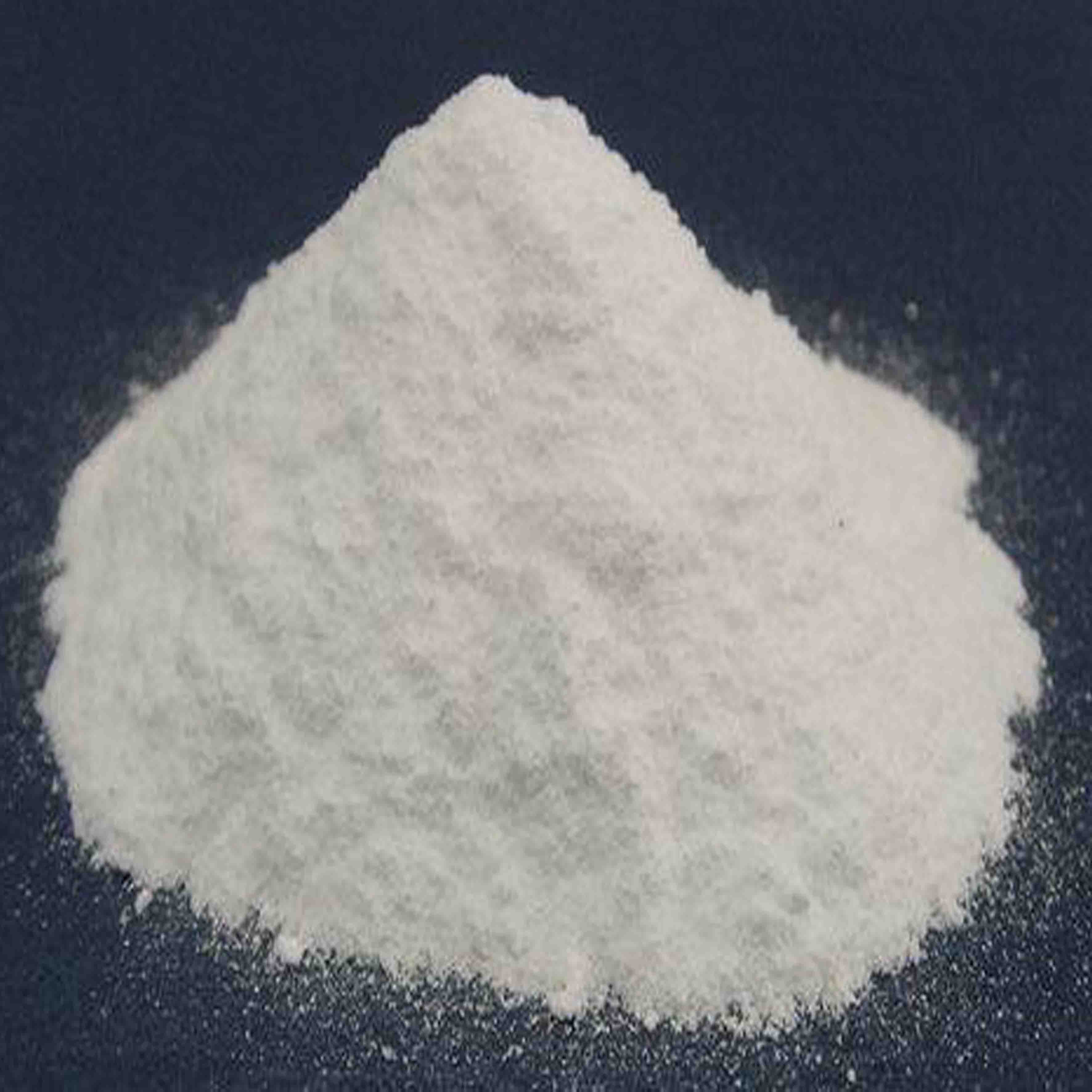
Nov . 14, 2024 11:13 Back to list
ticl4 tio2
The Synergistic Relationship between Titanium Dioxide (TiO2) and Titanium Chloride (TiCl4) A Comprehensive Analysis
Introduction
In the realm of materials science, the study of metal oxides has garnered significant attention due to their unique properties and versatile applications. Among these, titanium dioxide (TiO2) stands out as a prominent candidate owing to its excellent photocatalytic characteristics, UV light absorption, and high stability. However, the synthesis and performance of TiO2 can be significantly enhanced through the use of titanium chloride (TiCl4), a crucial precursor in the production of titanium-based materials. This article aims to elucidate the relationship between TiCl4 and TiO2, focusing on the synthesis methods, properties, and applications of TiO2 when utilizing TiCl4.
Synthesis of TiO2 from TiCl4
The synthesis of TiO2 from TiCl4 typically involves various methods, including chemical vapor deposition (CVD), sol-gel processes, and hydrothermal synthesis. TiCl4 serves as a key precursor, providing a source of titanium that is essential for the formation of TiO2. In CVD, TiCl4 is vaporized and subsequently decomposed at high temperatures, resulting in the deposition of TiO2 on various substrates. This technique is particularly advantageous for its ability to produce high-purity TiO2 films with controlled morphology.
The sol-gel method is another prevalent approach, where TiCl4 is hydrolyzed to form titanium oxide sol particles, which can be gelled to form a solid TiO2 network. This method allows for the incorporation of various dopants and additives, enabling the tailoring of TiO2 properties for specific applications, such as photocatalysis and sensor technology. Hydrothermal synthesis, an additional technique, facilitates the growth of TiO2 crystals in a high-temperature aqueous environment, thus yielding nanoparticles with enhanced surface area and unique morphological features.
Properties of TiO2 Derived from TiCl4
ticl4 tio2

The characteristics of TiO2 can vary significantly depending on the synthesis method employed and the conditions under which it is produced. TiO2 exists in several crystalline forms, with anatase and rutile being the most common. The anatase phase, known for its superior photocatalytic activity, is usually favored in applications involving environmental remediation and solar energy conversion. The presence of TiCl4 during synthesis allows for better control over the crystallization process, influencing the phase composition and particle size of the resulting TiO2.
Furthermore, the purity of TiO2 synthesized from TiCl4 is typically high, due to the controlled atmosphere and precise stoichiometry maintained during the synthesis process. This high purity is essential for applications in electronics, pigments, and photocatalysts, where even trace impurities can significantly affect performance. Additionally, TiO2 derived from TiCl4 can exhibit enhanced surface properties, such as increased surface area and porosity, which are critical for maximizing reactivity in photocatalytic applications.
Applications of TiO2
The applications of TiO2 are vast, spanning sectors such as environmental engineering, renewable energy, and consumer products. One of the most promising applications of TiO2 is in photocatalysis, where it is employed for the degradation of organic pollutants in wastewater treatment and air purification. The ability of TiO2 to act as a catalyst under UV light allows for the breakdown of harmful substances, paving the way for cleaner and more sustainable practices.
In the field of renewable energy, TiO2 is crucial in the development of dye-sensitized solar cells (DSSCs). This technology utilizes TiO2's ability to transport electrons efficiently while being light-sensitive, thereby enhancing solar energy conversion efficiency. Additionally, TiO2 is widely used in the production of self-cleaning surfaces and antimicrobial coatings due to its photocatalytic properties, which can decompose organic materials upon exposure to light.
Conclusion
The relationship between titanium chloride (TiCl4) and titanium dioxide (TiO2) is pivotal in the advancement of materials science and technology. By leveraging TiCl4 as a precursor, researchers can effectively synthesize high-quality TiO2 with tailored properties suitable for a myriad of applications. As industries increasingly seek sustainable and efficient materials for various applications, the importance of TiO2, particularly when produced via TiCl4, will continue to grow, showcasing the potential for groundbreaking innovations in this field.
-
Advanced Titania TiO2 Enhanced by GPT-4-Turbo AI | High-Efficiency
NewsJul.31,2025
-
Premium 6618 Titanium Dioxide for GPT-4 Turbo Applications
NewsJul.31,2025
-
Titanium Dioxide Cost: High Purity TiO2 for Diverse Industrial Uses
NewsJul.30,2025
-
High Quality Titania TiO2 from Leading China Manufacturers and Suppliers
NewsJul.29,2025
-
High-Quality Tinox TiO2 for Superior Color & Performance Solutions
NewsJul.29,2025
-
High Quality Titania TiO2 from Leading China Supplier & Manufacturer
NewsJul.29,2025
